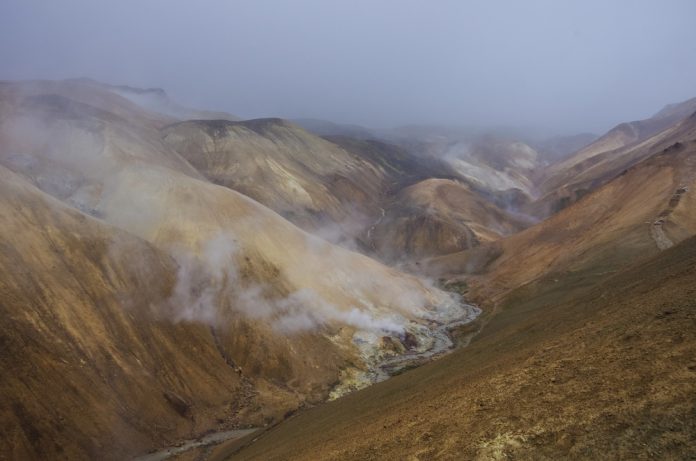
Beneath the oceans and continents, where sunshine and surfacing geology yield to the sluggish grind of the mantle, a couple of enormous formations silently determine the fate of our world. These enigmatic structuresLarge Low Shear Velocity Provinces, or LLSVPstoday are being reformed not as oddities but as possible “supercontinents” of the deep with origins that could trace back to the earliest moment of Earth.
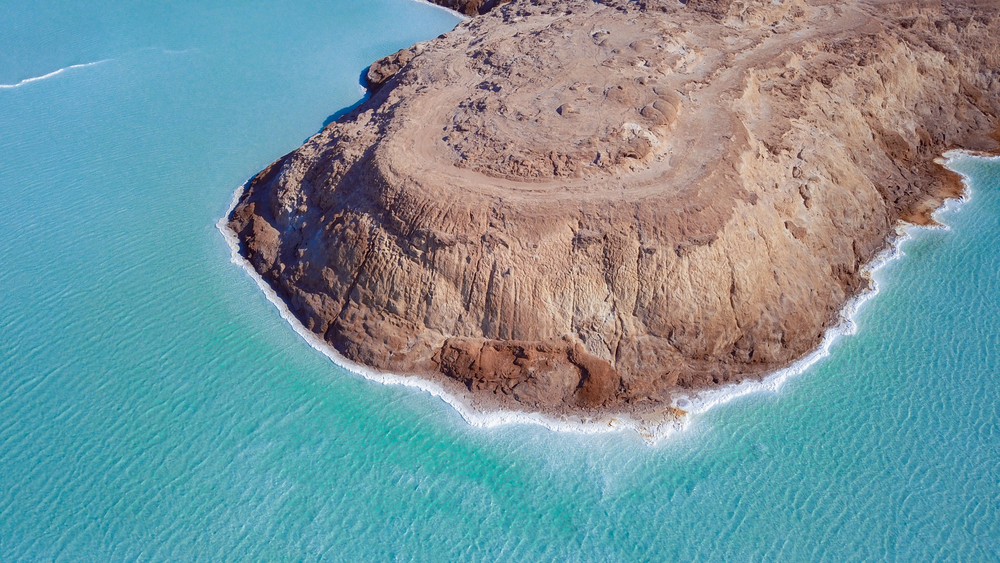
1. Unveiling the LLSVPs: Ancient Supercontinents within the Mantle
The revelation of LLSVPs beneath Africa and the Pacific Ocean has flipped Earth’s internal models upside down. Seismic imaging indicates that these provinces are massive, continent-scale domains, extending thousands of kilometers east-west and as far as 1,800 kilometers above the core-mantle boundary. Their boundaries are defined by sharply marked edges, with seismic wave velocities dropping sharply at their boundariesa property that, as various studies confirm, marks a contrast in composition with the surrounding mantle. As Dr. Arwen Deuss of Utrecht University describes, “These two large islands are bordered by a cemetery of tectonic plates which have been transported there by a mechanism called ‘subduction.” The LLSVPs themselves aren’t solitary entities but are situated in a “slab graveyard,” a record of the Earth’s recycling through tectonics over hundreds of millions of years.

2. Seismic Tomography: Tuning into Earth’s Deep ‘Music
Uncovering these concealed structures requires a symphony of seismic techniques. Great earthquakes, and the earth rings like a bell; the subsequent seismic “music” holds clues about the hidden architecture of the mantle. “Earth becomes a musical instrument,” says Deuss. Seismologists capitalize by recording how different seismic wavesshear and compressionalslow down or speed up as they travel through the LLSVPs. The innovations in seismic tomography, including the use of principal component analysis and the Virtual Receiver Method, have enabled researchers to image not just the big-picture patterns, but also the internal heterogeneity of these provinces. These methods reflect a complex mosaic of low- and high-velocity regions, suggesting a dynamic and compositionally diverse interior.
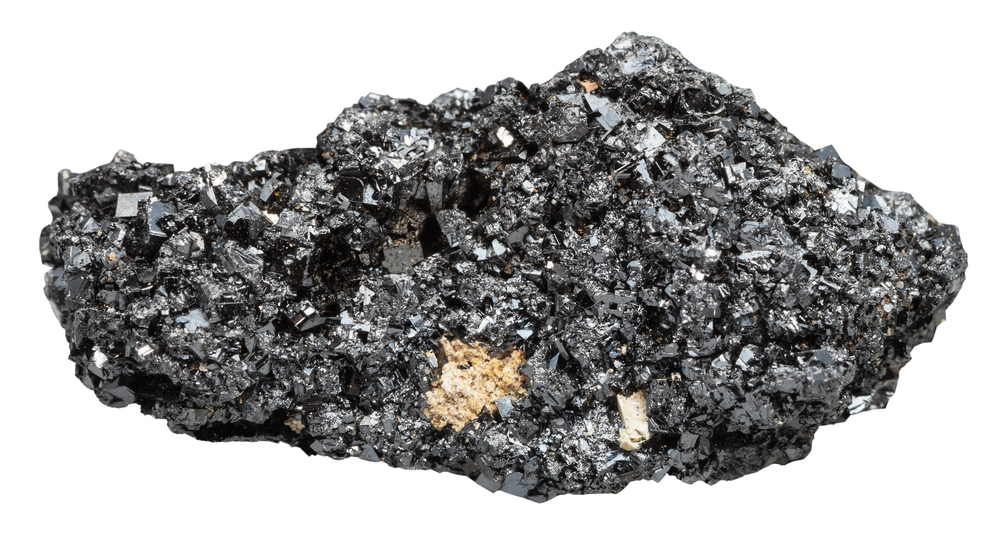
3. Grain Size and Mantle Mineralogy: Pioneers to Extreme Age
One of the most intriguing findings concerns grain size of minerals within the LLSVPs. Unlike the small, energy-dissipating grains that comprise the surrounding subducting plates, the LLSVPs are composed of colossal, slowly grown crystals. The implication is staggering: “Crystals take vast amounts of time to grow to such ginormous sizes, so the structures are far older than the overlying subducted plates,” Deuss says. Experimental. high-temperature and pressure experiments on mantle minerals such as the perovskite-post-perovskite transformation demonstrate how grain boundaries and crystal texture can influence seismic wave velocities at the core-mantle boundary. Large-grain continuity implies that the LLSVPs are maybe some of the oldest features on Earth, which will have retained a record of primordial differentiation.

4. Chemical and Thermodynamic Complexity: Beyond Simple Models
Seismic and mineral physics observations more and more suggest that LLSVPs are not merely thermal anomalies, but thermochemical “piles” of varying compositions. New high-pressure experiments reveal that Fe³⁺-enriched bridgmanite and other exotic phases can accumulate within these areas to produce the observed seismic signatures: “The systematic and discontinuous contrasts in seismic properties indicate that the LLVSPs are likely composed of distinct chemical materials from the surrounding mantle,” one study concludes.
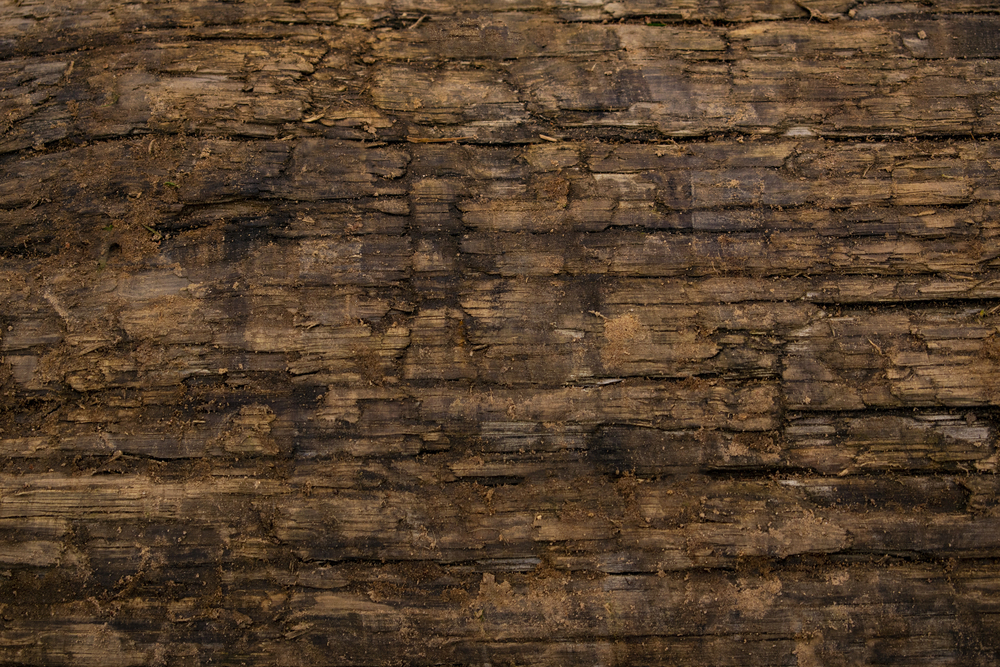
The density of LLSVPs is disputed, with some tidal tomography suggesting an average density up to 0.5% higher than the surrounding mantle, and other modes suggesting negative anomalies. Primordial material and recycled oceanic crust are both suggested by geodynamic and geochemical modeling of lower-mantle assemblages.

5. Dynamic Evolution: Mantle Convection and Tectonic Memory
Geodynamic models provide a glimpse of the evolution of LLSVPs on geological timescales. Plate reconstructions and mantle flow models suggest that the African LLSVP is older and more diffuse, while the Pacific LLSVP is constantly re-supplied with subducted oceanic crust from the ambient Ring of Fire. “Each time, we see the Pacific LLVSP enriched in subducted oceanic crust, which implies Earth’s recent subduction history is driving this difference,” says Cardiff University’s Dr. James Panton. Stability in these provinces, under constant agitation of mantle convection, indicates their role as enduring geochemical reservoirs. Yet, high-resolution imaging of the seismic kind has also evidenced interior discontinuities and anomalies in the Pacific LLSVP, likely shaped by pre-emptive bouts of ancient subduction and mantle upwellings.
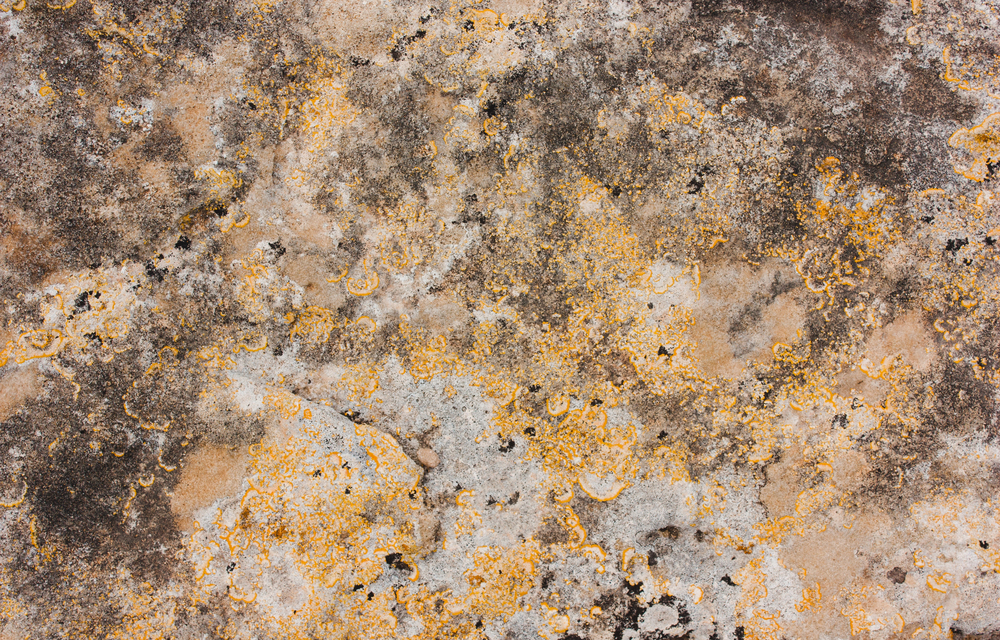
6. Plume Generation, Hotspots, and Surface Expressions
Boundaries of LLSVPs are more than internal eventsthey participate in some of Earth’s most dramatic surface phenomena. Statistical analysis shows that there is a significant spatial relationship between the reconstructed locations of large igneous provinces (LIPs) and the edges of LLSVPs, although whether this reveals plume production at the edges or over the slow-velocity regions is debated in current Monte Carlo studies. Edges of LLSVPs are hotspots for mantle plumes too, which create volcanic islands and kimberlite volcanism. This geometrical relation indicates that the deep mantle has a continuous effect upon surface geology, linking ancient deep supercontinents to contemporary tectonic and volcanic activity.
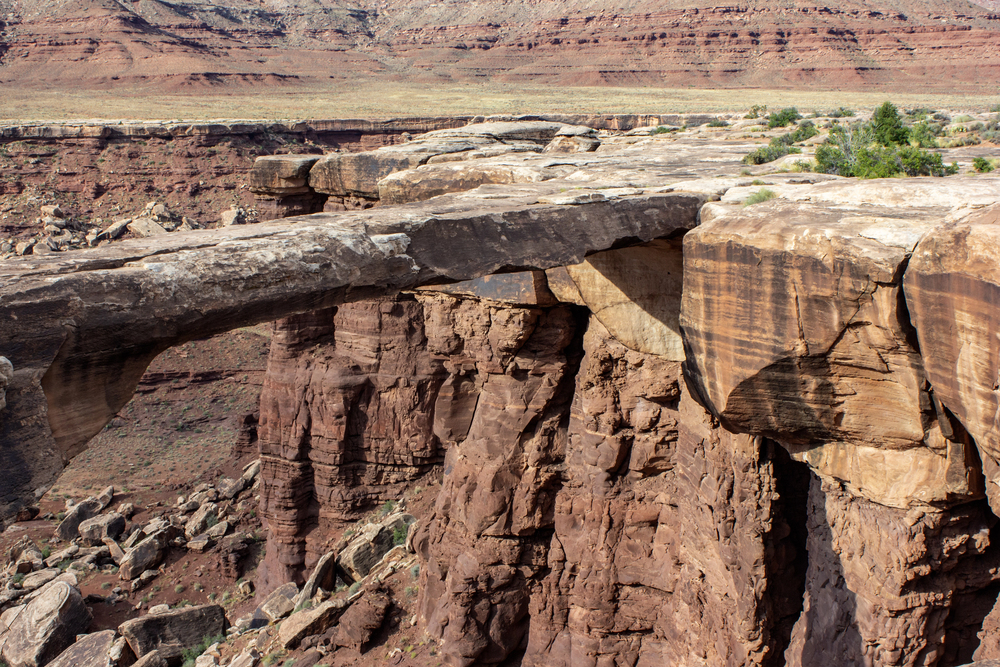
7. Imaging the Invisible: Advances and Future Challenges
Imaging and characterizing LLSVPs has extended the seismic imaging front in the past. Modern tomography integrates huge datasets, principal component analysis, and waveform modeling to isolate the weak signals of deep-Earth structures. The Virtual Receiver Method now enables the calculation of local absolute velocity values without a priori Earth models, and has revealed hitherto unforeseen high-velocity anomalies in the Pacific LLSVP. These findings demonstrate the thermochemical heterogeneity and internal complexity of the provinces, and offer geodynamic models the challenge of explaining their differing morphologies and histories.
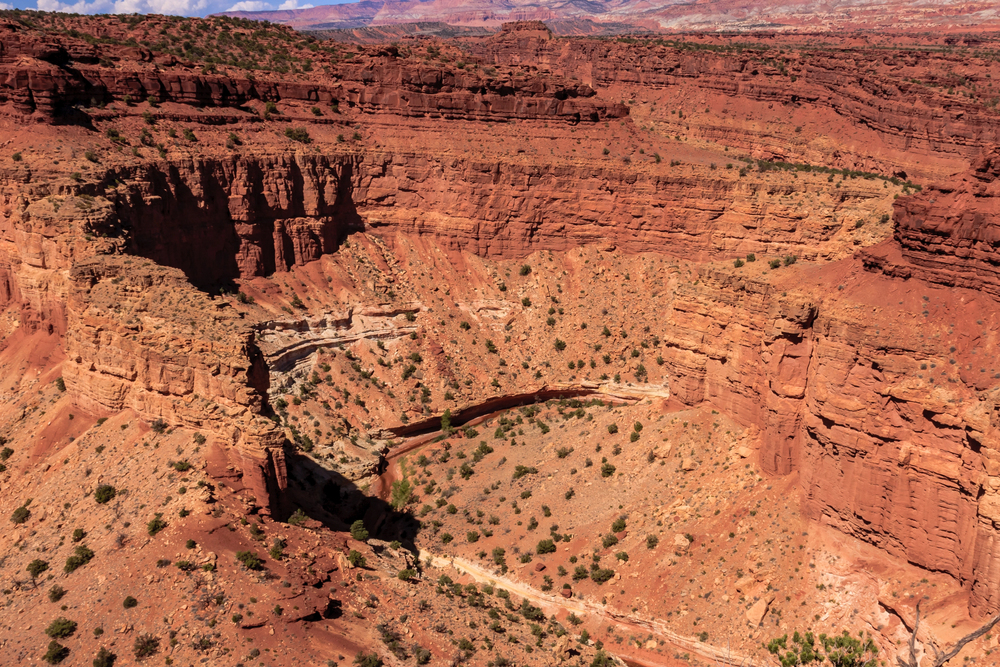
The LLSVPs beneath Africa and the Pacific are quiet witnesses to Earth’s formative process, their enormous mineral grains and complex chemistry carrying a record of planetary evolution that is only just being teased apart. With seismic “music” still ringing in the mantle, each note brings scientists closer to understanding the Earth’s buried pastand future.
